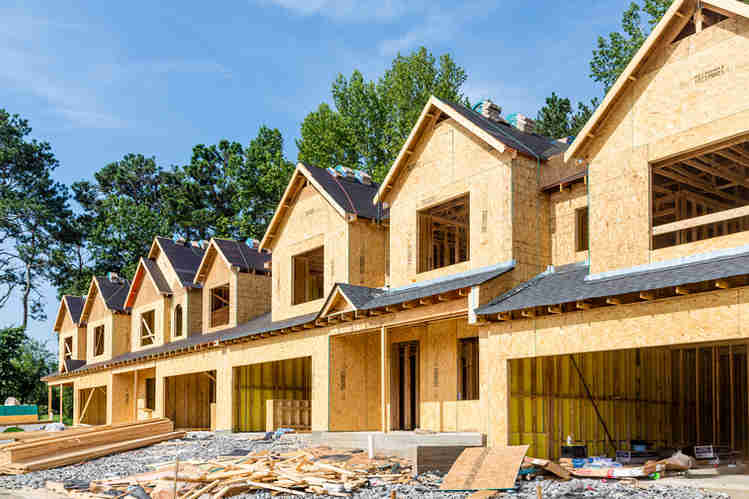The real estate market is hotter than ever (especially now during the summer season!), but how do you know where to focus your time, energy & money? With a plethora of ways to get your money working in real estate, it’s easy to get overwhelmed when considering all your options. A great place to start when building a strategy is to first determine a particular focus in Multifamily vs Single-Family assets.

Before digging into the differences from an investment perspective, it’s important to understand why a property would be classified as Single-Family or Multifamily.
-
Single Family Residence is defined as a structure maintained and used as a single dwelling unit. Even though a dwelling unit may share one or more walls with another, it is a single family residence if it has direct access to a street or thoroughfare and does not share heating facilities, hot water equipment, nor any other essential facility or service with any other dwelling unit1.
-
Multifamily property is defined as any residential property that contains more than one housing unit
There are advantages/disadvantages of each, so it just depends on your short & long-term goals. Do you want to take on an active investing role with more control? Would you rather let your money work for you, while you enjoy the passive income? How quickly do you want to scale? Here’s a simplified breakdown of the primary differences that can help determine where you should focus:
Multifamily Property – Pros
-
Higher Cashflow potential
-
Lower “hands on” property management time is typical with owners of larger properties
-
More units mean more rental income, it’s that simple!
-
Economies of Scale
-
Capital expenses are spread across more units, lowering per-unit costs. This also helps with reducing property management expenses
-
Forced Appreciation Multiplier
-
Multifamily properties are valued using a “Cap Rate”, which can exponentially increase the property value with a slight increase in income or decrease in expenses. (More on Cap Rates in another article)
-
Non-Recourse Debt Available
-
With agency lending (Fannie/Freddie), there are non-recourse options available to qualified borrowers. This is because the lender views the property as an operational, profitable business and reduces their risk, therefore reducing the risk of the borrower.
Multifamily Property – Cons
-
Higher Barrier to Entry
-
More capital is required for larger Multifamily deals. This can be overcome through the syndication model, creating passive income for equity partners.
-
Difficult and can be time consuming for the General Partnership to Finance (lots of “hoops”!).
-
Commercial loans require larger down-payments (lower LTV), more cash reserves, and more investor experience in many cases. The lender underwriting process can further slowdown the transaction as well.
Single-Family Property – Pros
-
Lower Barrier to Entry
-
Lower price-points and favorable lending terms make single-family homes easier to purchase without high capital requirements
-
Less Tenant Turnover
-
Tenants typically stay longer when renting a home vs an apartment. There is also less frequent unit turnover inherent with less units.
-
More Control Over Tenant Selection
-
If you choose to self-manage your Single-Family portfolio, you can select your tenants to ensure they are meeting your specific criteria (within your state’s non-discrimination guidelines, of course).
-
Quicker/Easier to Finance
Single-Family Property – Cons
-
Vacancy is Costlier (one home vacancy can eliminate ALL of your income!)
-
With a single-family home, vacancy is lost income with no ability to spread the costs over other tenants. Growing a larger portfolio can help to offset this risk, however.
-
Slower to Scale up – In order to scale up, investors need to be able to find, purchase & lease-up a home before it can generate income. This process can be difficult to execute quickly as an active investor or without first building a team.
So, in summary, selecting your investing strategy will depend on your risk tolerance, access to capital & personal wealth building goals. Regardless of your strategy, wealth building through real estate investing will take patience & effort but can be extremely rewarding.
Part of the Multifamily Scrum Series – Written by David Turner
